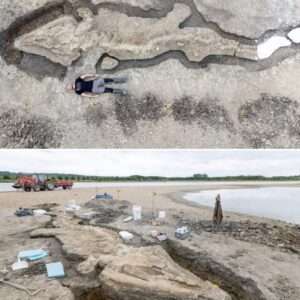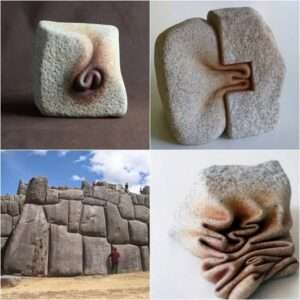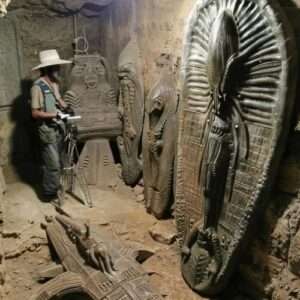The Armenian Highlands are rich in history and culture, boasting around 150 dragon stones, known as vishapakar, towering basalt monuments with origins dating back over 4,000 years. A majority of these iconic stones, a total of 90, are nestled within the borders of Armenia. Massive in size, these ancient monuments can reach an impressive height of 5 meters (16 feet) and weigh several tons, strategically positioned near water sources.
Adorned with intricate carvings of fish, bulls, and intricate flowing lines, the vishapakars are believed to be closely linked to water-related rituals and ancient agricultural practices. The imagery depicted on these stones hints at a deep-rooted connection to the reverence of water, essential for sustaining life and fertility in the region.

Legend has it that these majestic stones are associated with vishaps, mythical beings believed to hold dominion over water and storms. The vishapakars served as sacred sites where rituals and ceremonies were conducted to appease these powerful entities and ensure the prosperity of the land and its people.
Despite ongoing scholarly research and exploration, the exact purpose and significance of these ancient monuments remain shrouded in mystery. The vishapakars continue to fascinate archaeologists, historians, and visitors alike, offering a glimpse into the enigmatic past of Armenia and the intricate rituals and beliefs of its ancient inhabitants.
As we delve deeper into the historical tapestry of the Armenian Highlands, the vishapakars stand as silent sentinels, bearing witness to a bygone era where myth and reality intertwined, shaping the cultural landscape of this ancient land. Their enigmatic presence serves as a testament to the enduring legacy of Armenia’s rich heritage and the profound connection between its people and the elemental forces of nature.





